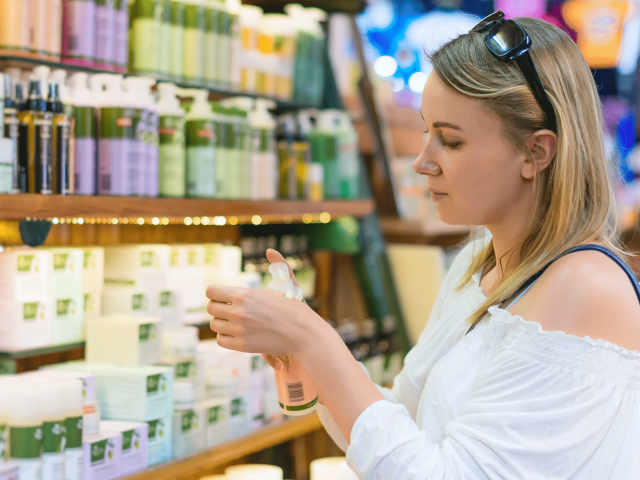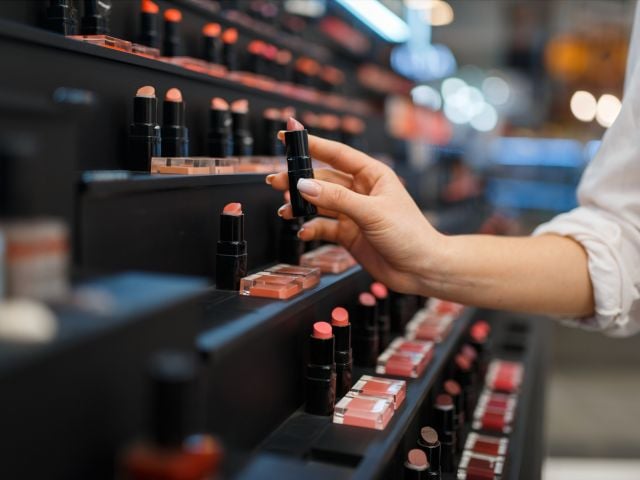
When I spoke with EWG senior analyst Nneka Leiba about this year's sunscreen database she had mixed feelings.
"On one hand, we can recommend 25 percent of sunscreens on the market," she said. "On the other hand, we can recommend 25 percent of sunscreens on the market."
After five years of advocating more effective and safe sunscreens, we're excited to see some progress in the marketplace. Last year we could recommend 20 percent of sunscreens, and the year before only eight percent. Why is that?
Well let us walk you through it -
Sunscreens are not required to provide meaningful full-spectrum protection: A good sunscreen will protect you equally from both ultraviolet-A rays (linked to aging, cancer) and ultraviolet-B rays (linked to tanning, cancer). Even sunscreens that claim "broad spectrum protection" won't have to prove they are effective against both rays until December of this year. Even of those that prove worthy of the "broad spectrum protection" label aren't necessarily dependable. Our analysis found half of the products that would earn U.S. certification would not be sold in Europe, where sunscreen manufacturers abide by voluntary European Union standards.
The U.S. is in the Stone Ages of sun protection: Manufacturers can use any of 27 sunscreen chemicals in Europe but only 17 in the U.S. Seven compounds that absorb UVA radiation are approved for use in Europe, but only three in the U.S. Most of the sunscreens available in Europe are more than three times more protective than avobenzone, the most common UVA filter available in the States.
Bad ingredients are plentiful: Remember when EWG publicized government testing on a common sunscreen ingredient that was, according to federal studies, linked to expediting the growth of skin legions and tumors? Well that ingredient, retinyl palmitate, a form of vitamin A, is still found in 25 percent of sunscreens. The good news? Manufacturers are catching up with the science. Last year vitamin A was in about a third of sunscreens we researched.
Tricky marketing gimmicks: Those FDA regulations that take effect in December will ban the use of certain misleading terms including "sweatproof," "waterproof" and "sunblock." The agency is also looking into super-high SPF claims. Studies have found that users of high-SPF sunscreens have similar or even higher exposures to harmful ultraviolet rays than people relying on lower SPF products.
What to do?
Consult EWG's sunscreen guide. We highlighted top-performing products that also score low on toxicity. This year we featured a price rating, since some sunscreens are expensive and not necessarily better.
Don't forget our sun safety tips. Sunscreen is only one part of a sun-protection routine. Seek shade, wear protective clothing along with a hat and sunglasses and avoid the sun during peak hours. Image via



